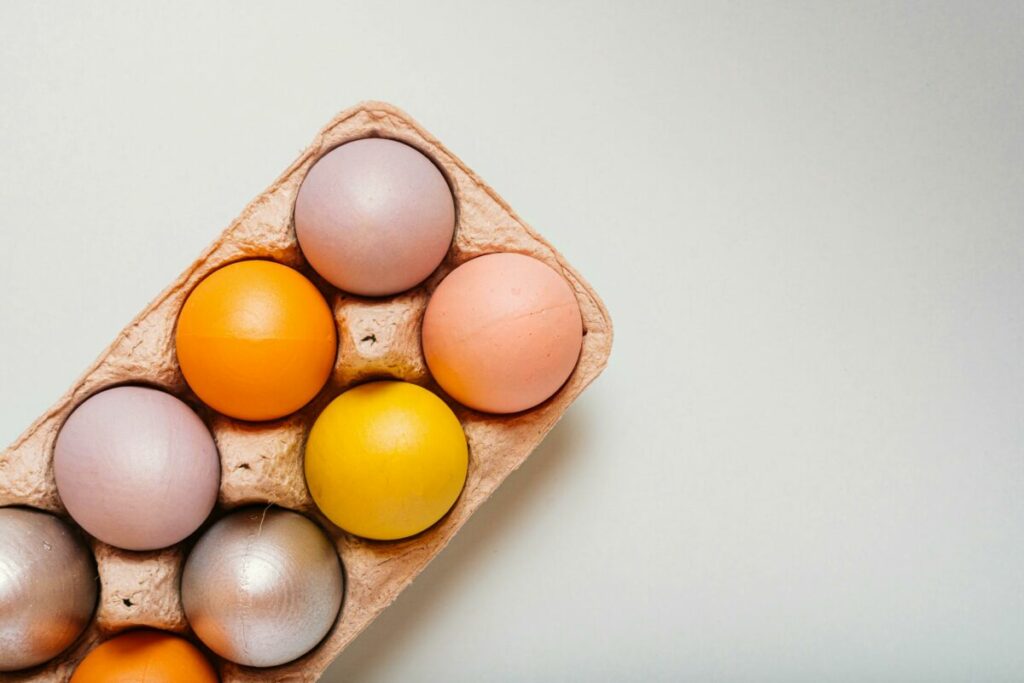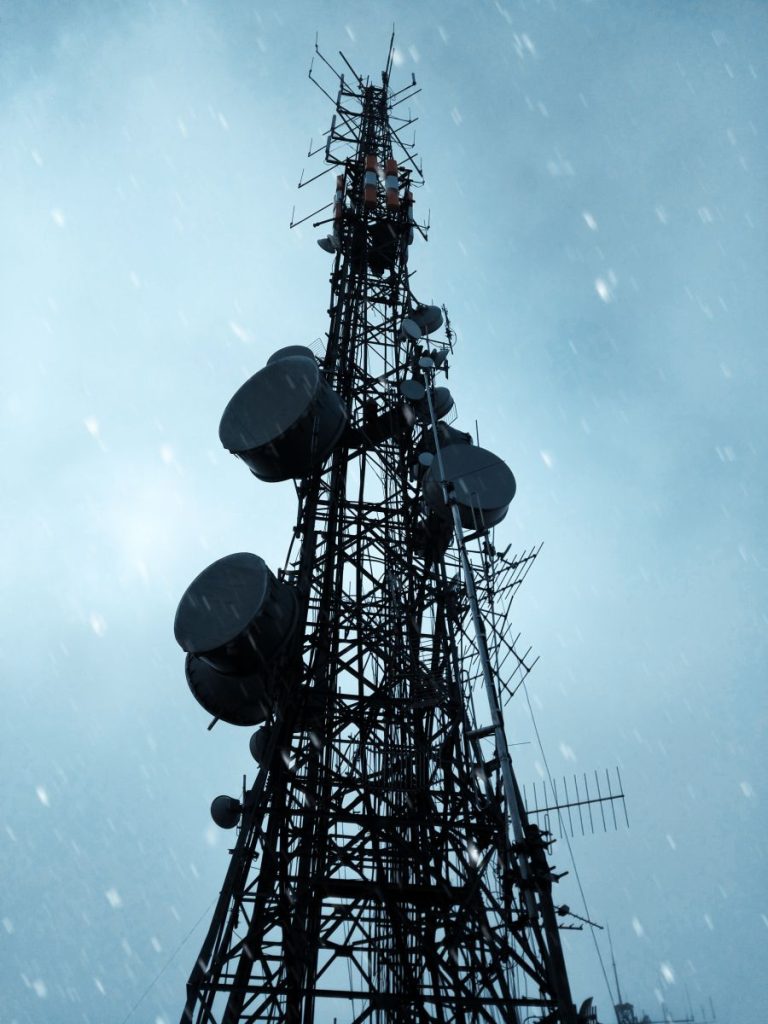Why Do We Dye Eggs for Easter?
Written by Mac Watson on April 5, 2023

Dyed Easter eggs are a tradition that goes back centuries.
Easter is a time of renewal, rebirth and in the Christian religion, it is when Jesus rose from the dead after being crucified three days before.
So within all the traditions and celebrations the question about Easter eggs invariable comes up. Why do we dye eggs? What significance does it play in a religious or secular tradition?
Here are some theories as to why we take the time to boil, cool, dye and display (or hide) Easter eggs.
The first theory has to do with a time before Christianity, when paganism was widely practiced. Eggs are symbolic of new life and rebirth and were used in the celebration of the Spring season, when new life springs from Winter. It was common for eggs to be decorated when people threw Spring festivals, and common to give and receive colored eggs as gifts for friends and family. The symbolism of rebirth fit perfectly with the Spring holiday of Easter, as it also celebrates the resurrection of Jesus. The tradition of coloring and giving eggs as gifts was adopted by Christians and become a staple of Easter celebrations.
The second theory stretches all the way back to the time of Mesopotamia. According to the monthly Catholic-oriented periodical, Donahoe’s Magazine, that ran from 1878-1908, early Christians in Mesopotamia dyed eggs red to replicate the blood that Christ shed during his crucifixion. The Church picked up this tradition and has brought it into modern times.
A third theory about why we dye Easter eggs has to do with royalty. Back when King Edward I of England ruled the empire back in the 13th century. It is said that Edward I once ordered 450 eggs to be colored and decorated with gold-leaf. Why? Well, he wanted to present the eggs as Easter gifts to the rest of the royal household.
The fourth theory has to do with biblical times and the legend of Mary Magdalene. In several iterations, Mary Magdalene is the key to dying eggs for Easter. One version involves Mary M’s trip to Jesus’ tomb after his crucifixion. Carrying a basket of eggs to share with other women who were mourning at the tomb, when Mary M arrived she found the stone had been rolled away from the entrance and the tomb empty. Legend has it that when she saw this the eggs in her basket turned a brilliant shade of red. Another legend tells of the story of Mary M going to speak to the Emperor of Rome at the time, Tiberius, after Jesus had risen from the dead. She greeted the emperor by exclaiming, “Christ has risen.” Tiberius replied with a snarky comment of how “Christ has no more risen than that egg is red,” as he gestured to an egg that was, depending upon the legend’s details, on his table or held by Mary M herself. As soon as Tiberius uttered these prophetic words, yup, you guessed it, the egg had turned a bright color or red.
The last and most interesting theory is some Eastern European legends credit Jesus’ mother, Mary, not Mary Magdalene, as the basis for the egg-dyeing tradition. As you may be familiar, Mary was present at the crucifixion which took place on Good Friday and, according to the legends, she brought eggs with her. When the blood from Jesus dripped onto the eggs, it colored them red. Another version of that same legend says that Mary was weeping for the soldiers who were at the cross to be less cruel to her son. She gave the eggs to the soldiers and as her tears fell on them, they were spotted with bright colors.
So no matter who you celebrate Easter, dyeing eggs has been a tradition for a long, long time and enjoyed by many different people around the globe.




